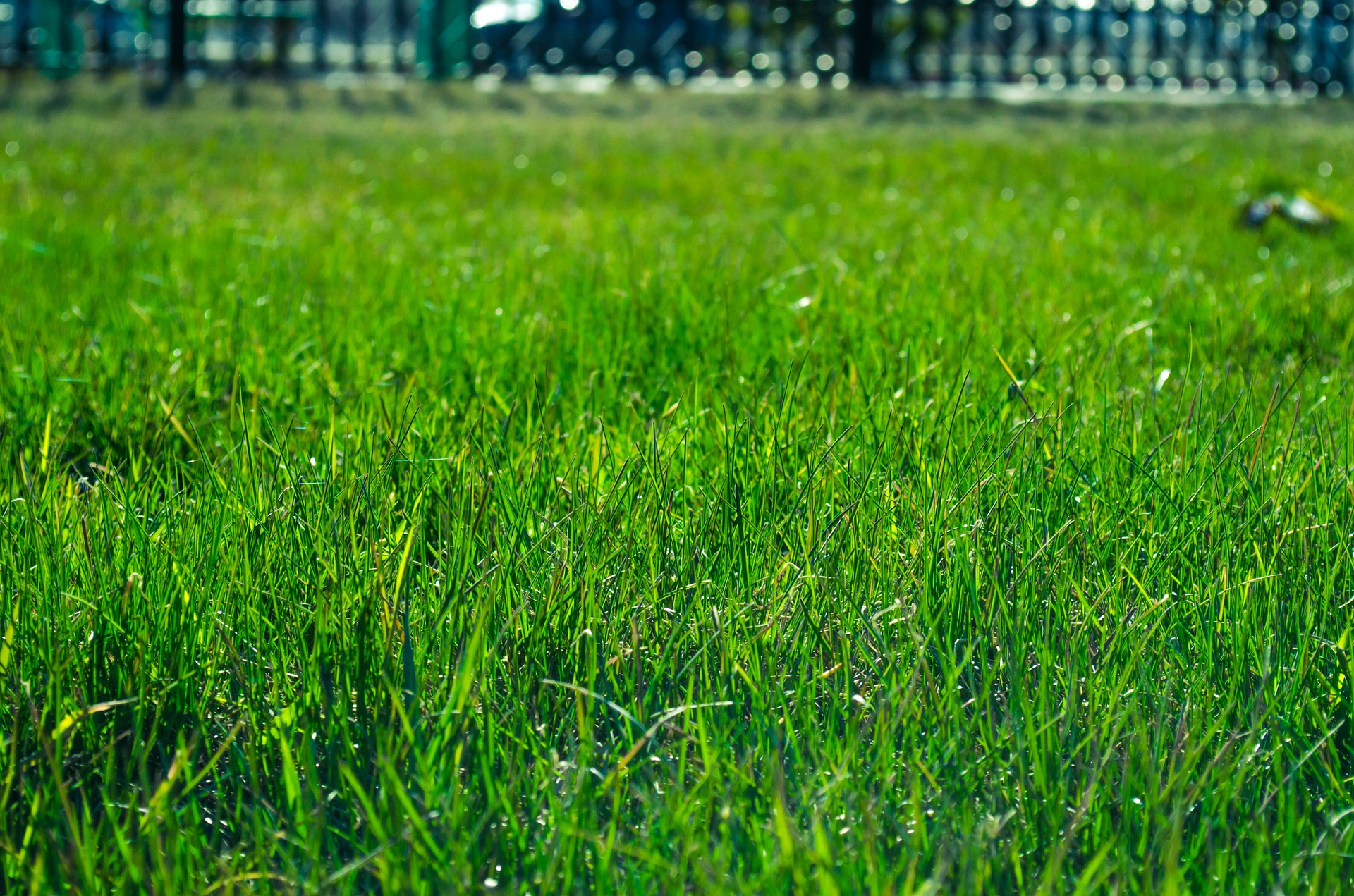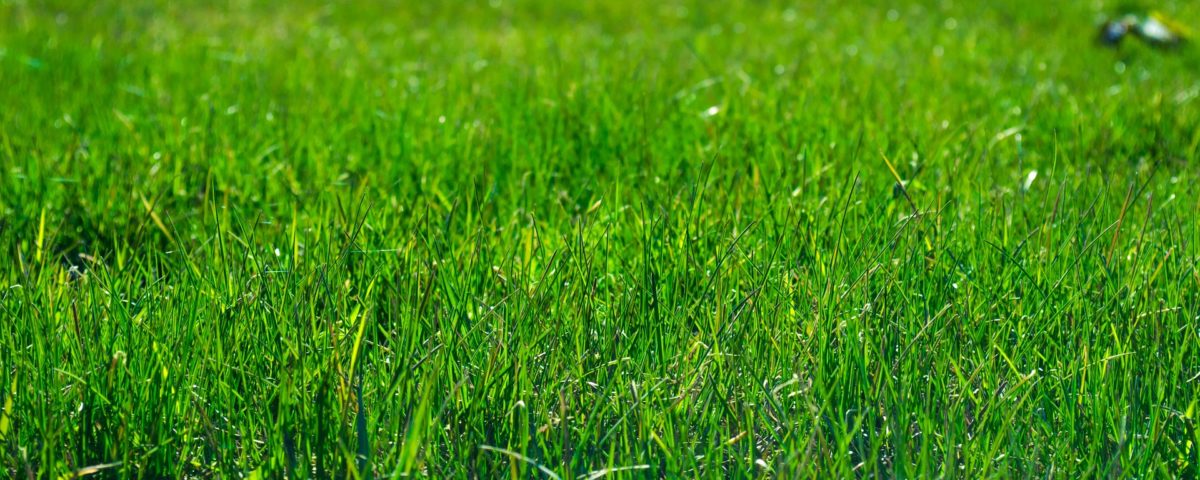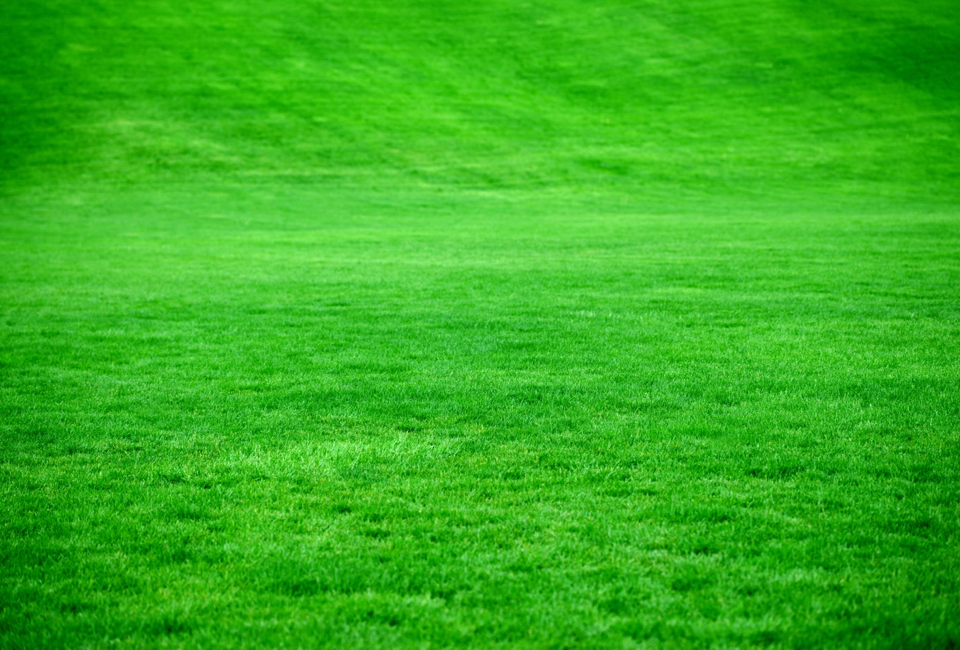
4 Lawn Care Projects to Take on in 2021
January 1, 2021
4 of the Most Common Landscaping Problems to Avoid
January 3, 2021If you are a landscaper that is trying to create a truly memorable outdoor area, the chances are good that you place a big emphasis on keeping up with a healthy lawn. That’s because your lawn is usually one of the largest areas on your property and oftentimes the first thing that people notice when they look at your landscaping. There are plenty of great ways to improve the appearance of your lawn, but none of that will matter if you are dealing with a plant disease. Unfortunately, there are plenty of ways that your lawn can suffer from plant diseases, which is why it is critical to familiarize yourself with them and learn how to avoid them.
One of the most common plant diseases that affect grass is red thread. While this plant disease won’t kill your grass, it will cause the appearance of your landscaping to suffer. It can be a big headache to deal with, especially since it spreads so easily. That’s why we’ve put together a brief overview of how to recognize red thread grass and how to deal with it so that you can keep your landscaping looking fantastic all year round. Keep reading below to learn more and remember to reach out to Cal Blend Soils if you are interested in purchasing the best landscaping products on the market at the best prices.
Red Thread Explained
Red thread is a turfgrass disease that is normally the result of low levels of nitrogen in the soil. It’s fairly easy to recognize when you are dealing with red thread, as small pink-colored particles will show up on your grass that eventually turns into thin strands that look like threads. These threads are pink or red in color and vary in size. Red thread is the result of a plant fungus called Laetisaria fuciformis. It will usually start to appear in the fall, winter, and early spring and can survive in the soil for up to 2 years. As we mentioned earlier, red thread won’t necessarily kill your grass, but it can cause patches of brown all over your lawn that are unsightly and detract from the overall aesthetic of your property.
Red thread is usually set off by humid conditions during the year since it is a fungus that needs moisture to survive. When the temperatures are between 68 F and 75 F and there is a high level of humidity, you need to be on red alert. Some landscapers often confuse red thread with another plant disease called pink patch, so make sure you discern which one is affecting your property before you move forward with treatment.
How to Treat Red Thread Grass
Now that we know a little bit more about red thread and why it might be affecting your lawn, let’s discuss some of the best ways to deal with it. While you can’t remove the pathogen that causes the disease directly, you can make changes to your lawn maintenance routine that will make your lawn stronger and less susceptible to red thread.
One of the first things you might want to consider doing is to fertilize your lawn since red thread can often be the result of low nitrogen levels. Nitrogen applied to your lawn in the fall will help it stay strong throughout the spring. Make sure you choose a fertilizer that has high nitrogen levels but is also balanced to avoid doing more harm than good. Also, when you are mowing your lawn, try to use a grass catcher that will allow you to dispose of any of the infected grass instead of spreading the fungus around your property. Believe it or not, you also want to clean your shoes after you walk on an area of your lawn that has been infected by red thread because it is very easy to spread.
Other smart ways to keep your lawn healthy and prevent red thread from causing you big issues are also great landscaping maintenance activities to commit to. For example, aerating your lawn is a great way to improve drainage on your property and allow for better air circulation, both of which can help you avoid red thread. You also might want to consider removing thatch, which can make your lawn more vulnerable to plant diseases if you aren’t careful. Finally, try to avoid excessive watering during the cool and cloudy times of the year that will keep your turf wet for extended periods of time.
Final Thoughts
While it can initially be very concerning to notice areas of your grass that are being affected by red thread, there are several steps you can take to keep the spread to a minimum. It’s important to understand that red thread is very common and affects plenty of landscapers around the country each and every year. The best thing you can do is keep an eye out for warning signs and stick to a regular lawn maintenance routine. The best defense against red thread is keeping your lawn healthy throughout the year, so make sure you are heading outside and handling routine maintenance to the best of your ability.
If you find yourself in need of fertilizers to help boost the nitrogen levels in your lawn, make sure you reach out to Cal Blend Soils. We can help you find the perfect fertilizer for your own unique needs. There are plenty of other great landscaping products available at Cal Blend Soils as well, so make sure you connect with one of our team members if you are interested in improving the appearance of your landscaping and making your work easier.


